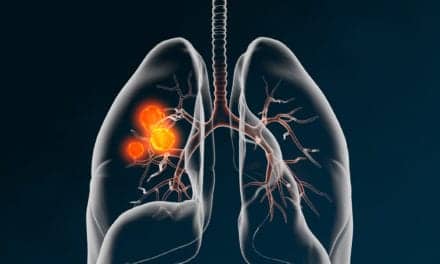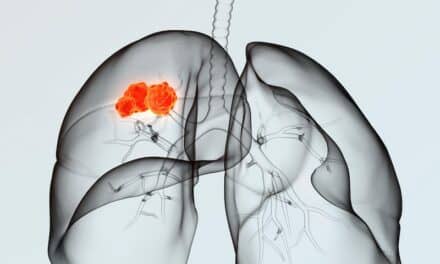Summary:
Roche’s VENTANA TROP2 RxDx Device, the first AI-powered computational pathology companion diagnostic for NSCLC, has received FDA Breakthrough Device Designation.
Three Takeaways:
- The device uses AI to analyze lung cancer tissue and produce a quantitative TROP2 score, enhancing diagnostic precision.
- It integrates Roche and AstraZeneca technologies, including the Quantitative Continuous Scoring platform.
- The designation may accelerate access to personalized treatments like DATROWAY for eligible NSCLC patients.
Roche has announced that the U.S. Food and Drug Administration (FDA) granted Breakthrough Device Designation for the VENTANA TROP2 (EPR20043) RxDx Device. This is the first Breakthrough Device Designation to be granted for a computational pathology companion diagnostic (CDx) device.
“This FDA Breakthrough Device Designation is another example of our commitment to deliver innovation that enables more precise diagnosis in oncology,” says Matt Sause, CEO of Roche Diagnostics. “This solution, which leverages our industry-leading expertise in companion diagnostics development, uses artificial intelligence for a greater depth of sample analysis, helping to deliver truly personalized treatment.”
The VENTANA TROP2 (EPR20043) RxDx Device is a computational pathology device, consisting of the TROP2 algorithm,navify Digital Pathology Image Management System, Roche Digital Pathology scanners (DP 200, DP 600) and the VENTANA TROP2 (EPR20043) RxDx Assay used with OptiView DAB Detection Kit for staining on a BenchMark ULTRA IHC/ISH staining instrument. The VENTANA TROP2 (EPR20043) RxDx Device analyzes whole-slide images of non-small cell lung cancer (NSCLC) tissue stained with TROP2 to compute a quantitative TROP2 score.
The algorithm incorporates AstraZeneca’s proprietary computational pathology platform, Quantitative Continuous Scoring (QCS), which enables a level of diagnostic precision not possible with traditional manual scoring methods.
“This FDA Breakthrough Device Designation underscores the potential of our computational pathology platform to enable more personalized treatment decisions for people with cancer,” says Susan Galbraith, Executive Vice President, Oncology Haematology R&D, AstraZeneca.
The FDA granting Breakthrough Device Designation has the potential to make a TROP2 CDx AI-driven system available sooner, which could aid in identifying patients with NSCLC most likely to benefit from treatment with Daiichi Sankyo and AstraZeneca’s DATROWAY (datopotamab deruxtecan-dlnk). DATROWAY is a specifically engineered TROP2-directed DXd antibody drug conjugate (ADC) discovered by Daiichi Sankyo and being jointly developed by AstraZeneca and Daiichi Sankyo.
Featured Image: The VENTANA TROP2 (EPR20043) RxDx Device was granted Breakthrough Device Designation by the FDA. This is the first computational pathology companion diagnostic device to receive this designation. Photo: Roche





